Should 'open pricing' negate traditional contracted rates?
Should 'open pricing' negate traditional contracted rates?
RFP season may have passed, but it won't be too long before it descends on us again and perhaps now is the time to evaluate just how we contract - whether that be with your corporate sector or groups.The way we work nowTraditionally we spend from September to December running around like headless chickens trying to work out which rate we should offer on a blind-bid type scenario that we politely call 'RFP season'.At the very least we look at production from Company A last year and count room nights and revenue. For most of us, that is as far as we get and we make all of our pricing decisions on those two pieces of information alone.Hotels that focus on revenue will dig a little deeper and look at what days of the week Company A stayed; what their cancellation rate is; which channel they booked through; the cost of delivering their business; incremental spend and importantly, how many nights we denied their business. Denied business is really important as we should evaluate how many nights Company A attempted to stay with us but couldn't as we were full, but even more importantly is how many nights we denied their business because their rate was too low and we had restricted...Revenue Managers are often at the mercy of a Sales Team that desperately want every single piece of business. I come from a sales background and I confess that our training programmes us that way. There is nothing more a sales person loves than to report at a weekly meeting, that they have secured Company A and they are committing to 500 room nights per year. But what do sales people generally do to secure that business? Well often they price too low and without consideration of when Company A will stay; how they book and what their actual value to the hotel is. But more often the bigger mistake is to give Company A 'LRA' or Last Room Availability. Worse still is not communicating to Company A that they may be restricted at all!Traditionally revenue management techniques place Company A within a rate band - and this will be based on the rate they pay and the revenue we feel they might produce. So this may look like thisRate Band Distress Low Medium High RackBAR £100 £120 £140 £160 £180The corporate rate for Company A at £120 means that when the hotel is selling at Distress or Low this corporate will be allowed to book. However when the hotel is selling Medium rates or higher, this corporate should effectively be blocked out. But is this really good for business?So what exactly is Open Pricing?The premise for Open Pricing is that instead of closing rates and restricting segments or channels, you keep them open and allow the price to dictate whether that customer actually books or not. This method of revenue management is relatively new to many hoteliers but does this non-restrictive method of sales allow your customer more flexibility; more choice and ultimately more trust in your product? Does it gain you revenue?Hoteliers have played around for years with dynamic corporate rates which in effect, is the beginning of 'open pricing'. Would your corporates be happy if you committed to 10% of BAR? This would mean that they would never be closed out or restricted, even when you are selling at Rack. This is a win/win for everyone as Company A is allowed to book and you as a hotelier secure the room and gain the trust of the corporate who feels that their business is never rejected.Of course this type of dynamic pricing for Corporates is just the beginning of Open Pricing and hotels often consider adjusting the percentage discount inline with either Company A's production or alternatively supply and demand on a particular day.However, hotels can often be wary of even suggesting this type of contracting as they are concerned that corporates will want to know exactly what their rate will be so that they can budget, but in real terms this means that they often loose out.Many hotels are changing to seasonal corporate rates. This can be as simple as a high season and a low season but what this does is keep their low season rate at £120 but moves their high season rate to £160 - therefore allowing all business except when the hotel is selling at rack. This is often the middle ground for the teams who contract on behalf of Company A as they have an idea of budgets and they also know that hotels will honour their room bookings more often.This kind of open pricing can filter to more than just corporate pricing. Think about your groups. Is there a reason that all rooms are contracted to the same rate? Maybe you could be flexible to say that the first 50 rooms are at £140, the next 50 at £150 and the next 50 at £160- so the earlier you book, the better rate you receive. Of course you need to be happy with the lowest rate but does that show a group organiser that you are willing to price based on volume and lead time?And how about your OTA's. We all know that the cost of attributing a room is increasing but is there an argument to keep your OTA's open and just increase the price? Are you losing business because you are shutting off those channels too soon? Is it better to be happy with the rate you are selling and allow customers to chose where they book and whether they are comfortable with the price - maybe this way you are giving both your customer and yourself more flexibility?We all know that customer buying behaviour is changing. As an industry we are often slow to change. But perhaps in 2019 we might be ready to consider open pricing....(and for all things revenue just ask@rightrevenue.wpengine.com)

